Our History
History of the Department (written 2022)
In 1964 Jack Butterworth the Vice-Chancellor designate of the new University of Warwick approached John Hale, then at Oxford, to become the founding professor of the Department of History. Hale had a clear vision for the new Department. The Department was to be strongly European and American in its interests. Only two of the first eight staff to be appointed were British historians: E. P. Thompson, Reader in Labour history attracted by the emphasis that Hale wanted to place on social history and Robin Clifton, a specialist in the seventeenth century. Both had to spend much of their first year teaching Russian history. The first prospectus stated:
the syllabus will concentrate on geographical breadth rather than on chronological completeness. The emphasis will be on Europe and America, and England will be treated as a European country and will not be given especially detailed treatment… there will be considerable freedom of choice of subject matter.
The other foundational staff were Alistair Hennessy (Latin American history), Henry Kamen, (early modern Spain), Austin Gough (nineteenth-century France), Bill Dusinberre, (American South) and Robin Okey (twentieth-century Eastern Europe). All were chosen as much for their teaching skills as for their publications. Although Hale would have preferred a stronger interdisciplinary structure, students taking the new degrees of History and History and Politics were encouraged to take outside modules in languages, literature, political thought or philosophy.
The most innovative aspect of the new programme was the emphasis on travel and study abroad. In the early years of the degree, all students studying History spent a term of their second year at a US university and then travelled to Venice in a group in the final year to be taught by Warwick staff. Students from the US also spent a term at Warwick, which to Hale was as important for the student community as the travel undertaken by Warwick students. The original intention had been to establish the Italian Renaissance programme in Florence, but this had to be abandoned due to the devastating impact of the 1966 floods in the city. In 1967 the first group of Warwick students travelled to Venice having taken a summer school course in Italian language. The opportunity for students to travel and experience the art and architecture of the city at first hand was an essential part of Hale’s vision and remains one of the Department’s unique selling points.
The Warwick History programme was radically different from others in the sector. Oxbridge and the red brick institutions typically offered modules in English history from medieval times to the present, alongside modules in modern European and wider world history. Much of the focus of these modules was on traditional political history. Study abroad and exchange programmes were in their infancy and rarely integrated into the degree. Optional modules were rare until the final year. It was also unusual for a Department to offer historical studies of the Americas in their entirety rather than just of the United States.
A further key development came in 1968 when the Centre for the Study of Social History was launched, led by E. P. Thompson. Thompson found some of the constraints of academic life irksome and was increasingly out of sympathy with the direction of travel of the University, writing his famous Warwick University Ltd in the course of a week in 1970. He subsequently resigned his post and was succeeded as director of the Centre by Royden Harrison. The Centre was unique in the UK and reflected new directions in the scholarship of social and labour history led by Thompson. It was a postgraduate institution dedicated to teaching and research in the subject. The staff — first Thompson, then Harrison — were supplemented by James Hinton and Fred Reid from the School of History, Richard Hyman from the School of Industrial Relations, as well as a stream of visiting American historians. Tony Mason took up a lectureship in the Centre in 1971 and together they taught a Masters’ degree in Comparative British and American Labour History and, later with the addition of Jay Winter and Michael Shepherd to the Centre’s staff, an MA in Social History. These programmes together recruited up to twenty students annually, a number of whom were supported by awards from the Social Science Research Council. Teaching was complemented by PhD supervision, which attracted an array of talented students from Britain and overseas. By 1979 around 120 students had passed through the Centre. Staff and students of the centre produced a number of classic publications on crime, industry, the labour aristocracy, leisure and the history of sport, agriculture, education, early trade unionism, cooperation and clubs. The Leverhulme Trust financed the creation of the Modern Records Centre at Warwick which opened in 1973, becoming the most important repository of employer and trade union records in the United Kingdom. The steady decline of labour history as a fashionable subject and the increase of social and cultural historians in the Department of History, along with the introduction of a rival PGT programme, led to the Centre being absorbed into the history department in the late 1990s.
The degree courses were also evolving gradually from being Eurocentric to encompassing the history of other regions such as Africa and the Caribbean. However, given contemporary national discussions on the decolonization of the curriculum it is important to note that early modules at Warwick included Government, Race and Society in Spanish America 1500-1650, Slavery and Anti-Slavery, and Race, Revolution, Colonialism and Industrialization. In the late 1960s students could also undertake a second year of study in African Universities. The Department gradually broadened areas of study, with the histories of modern Latin America and Africa introduced in the academic year 1968/69. By the mid 1970s the prospectus explicitly stated that extra-European regions (North and South America, Africa) were now included as part of the curriculum, despite the main focus remaining on Europe. Three course streams ‘Renaissance and Modern’, ‘Modern Europe’ and ‘European and American’ were also created in the same year, with the focus placed on the effects of colonial expansion of the Europeans.
The number of joint degrees offered by the Department also increased. There was a rapid expansion of double major degrees, including History and German and History and French, both of which were language and literature courses. According to the University’s Prospectus, the decision was made to fuse history and literature in order to provide a social, economic and political context for studying the literary arts of Germany and France. History and Italian was further added in the academic year 1971. The History and Sociology course was created in 1972 aiming to bring together the two related disciplines and allow the ‘analysis of historical materials in terms of sociological concepts and testing sociological theories against historical evidence’.
In 1974 the School of Comparative Studies was established as a ‘Department within the Department’, with Guy Thomson, Anthony Macfarlane, Gad Heuman and John King adding Latin American and Caribbean expertise to the pre-existing North Americanists Callum MacDonald, Bill Dusinberre and Ed Countryman. By the mid 1980s there were eight teaching staff offering modules for the whole Department across the history of the Americas from the Aztecs to the present day. The Comparative American Studies degree considered the Americas as a whole rather than focusing solely on the US. It also offered modules in history, film, literature and politics. In the 1990s the degree extended to four years with every student taking a placement for a year in Canada, the US, the Caribbean or Latin America. Language was a large part of the CAS degree and students were required to learn Spanish. A centre for Caribbean Studies was opened in 1985 further extending the strength of the Department in the study of comparative slavery. By the 1990s new modules such as the social history of medicine and the history of the Jews in Europe appeared recognising important new research and teaching directions. In the early 2000s Making of the Modern World was inaugurated and is still taught as a core first year module.
From the outset the History Department became known for its radical and progressive ideas and its focus on promoting the study of social and cultural History. Students in the 1960s claimed that they had chosen Warwick due to its status as a new university and the Department’s differences with older institutions which focused on orthodoxic views and were influenced by conservative ideologies. Ivor Gaber, a BA History and Politics student in the late 1960s deemed the Warwick History Department as young and trendy since the staff tried to work out new ways of teaching and involved students in the process of decision making – a phenomenon now known as ‘student as producer’ or ‘co-creation’. Maxine Berg, a professor in the Department argued that Warwick had always been ‘at the cusp’, for instance starting Research Centres far earlier than other Universities and in its active promotion of student participation and workshops.
From the 1960s certain staff and many students were actively involved in social movements and demonstrations. Jan Pollock, a BA History student recalled how students occupied the Registry to protest at the way the administration treated students and their close links with the manufacturing industry. Ivor Gaber co-wrote Warwick University Ltd. with E. P. Thompson as a record of the process of protest. Staff and students alike also promoted feminist ideas in the Department. For instance, Jan Pollock argued that the strong atmosphere of student politics encouraged women to speak up for themselves. Similarly, Richard Cervantes, who studied History and Sociology during 1972 to 1975, stated that he was shocked by the new wave of feminist ideas which were taught by his tutors. Although it was perhaps ironic, that the first female lecturer, Sarah Richardson was only appointed to a part-time post in 1988 alongside her 26 male colleagues. Penny Roberts became the second female academic in the department in 1992, and in the past thirty years the gender balance in the department has changed radically towards near parity.
The Department was supportive to mature students. Michael Duke, a mature undergraduate student who studied History from 1976-79, argued that the Department had allowed him to achieve social mobility, from his background in the manufacturing industry. Chris Read, who was in charge with the Department’s admissions during the mid-1980s, revealed that the Department tried to get a blend of different people from a wide range of different geographical and sociological background in order to provide students with equal opportunities. This included mature students, who were supported by grants and diversity was a cornerstone of student recruitment.
The research culture of the Department also evolved from individual researchers and scholars to the promotion of collaborative research. In 2001, the Department claimed that it was ‘committed to prioritizing high-quality work pursued by individual colleagues’, while cluster groups and collaborative work would support the independent efforts by promoting intellectual communication. This strategy continued during the research assessment exercises in 2008 and 2014. However, by 2021 when discussing future strategic aims, the Department stated that it ‘will maintain its commitment to field-shaping individual and collaborative research’. More emphasis was placed on international and interdisciplinary collaboration, whereas previously, the focus was on individual pieces.
The Department became more invested in global history and previously neglected narratives. In its 2008 RAE submission, it emphasized the introduction of ‘a global framework that highlights multi-directional exchanges between Europe, the Americas, and Asia’. Thematic areas such as the history of medicine and technology came to the fore. The Centre for the History of Medicine was set up in the early 2000s to provide academic training and research to postgraduates and postdoctoral historians. In 2014, the Department had 43 full-time researchers from ten different nationalities across the globe, with research conducted in Catalan, Chinese, German, French, Italian, Russian, Polish, Spanish and many others. Further research centres were developed. The Global History and Culture Centre established in 2008 led a project on ‘Europe’s Asian Centuries’ and has collaborated with Universities around the world including Yale, Chicago, the Chinese University of Hong Kong and Beijing. By 2021, ‘avowed internationalism’ was one of the central goals of the Department, reflected in the fact that the academic staff are drawn from fourteen different nationalities.
The History Department has a long history of radicalism and being at the cutting edge of developments in the discipline. We intended to honour that tradition through the 2020s and beyond.
Chairs of Department
1965-1969 John Hale
1969-1970 Alistair Hennessy / Henry Cohn (interim)
1970-1977 Jack Scarisbrick
1977-1980 Volker Berghahn
1980-1983 Michael Mallett
1983-1986 Gwynne Lewis
1986-1989 Henry Cohn
1989-1992 Fred Reid
1992-1995 Bernard Capp
1995-1998 James Hinton
1998-2001 Colin Jones
2001-2004 James Hinton
2004-2006 Anthony McFarlane
2006-2009 Margot Finn
2009-2010 Trevor Burnard
2010-2011 Steve Hindle
2011-2014 Maria Luddy
2014-2019 Dan Branch
2019-2021 Rebecca Earle
2021-202? Tim Lockley
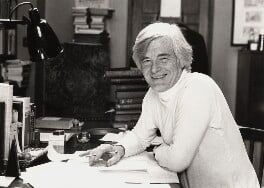
John Hale
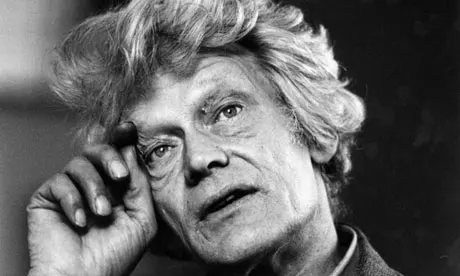
E. P. Thompson
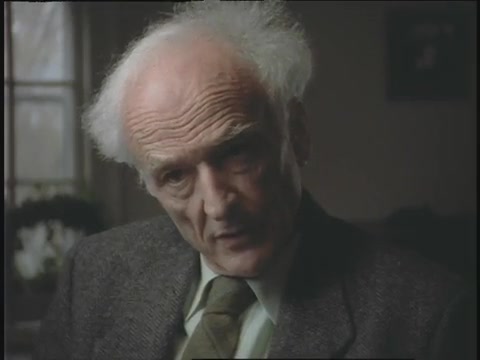
Bill Dusinberre
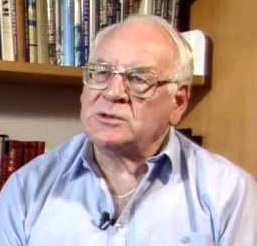
Robin Clifton
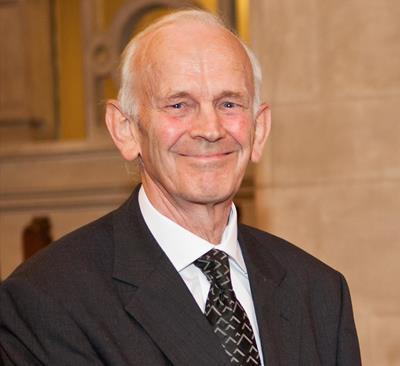
Robin Okey
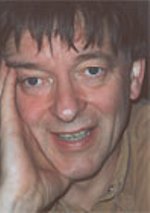
James Hinton
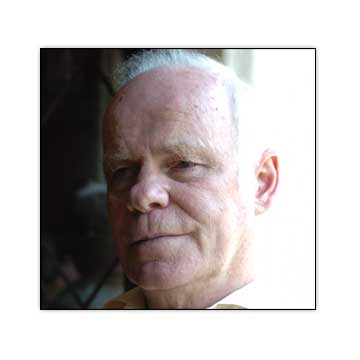 Fred Reid
Fred Reid
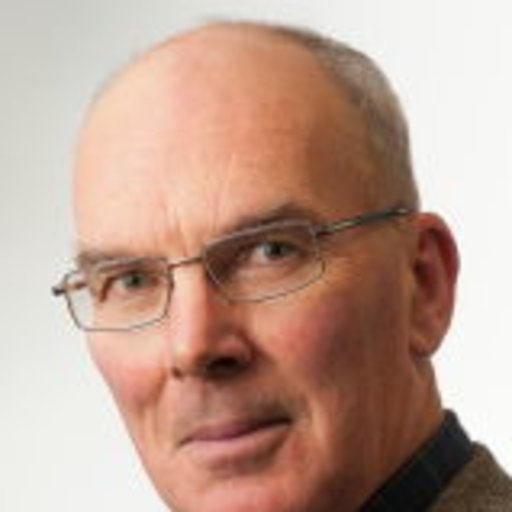
Guy Thomson
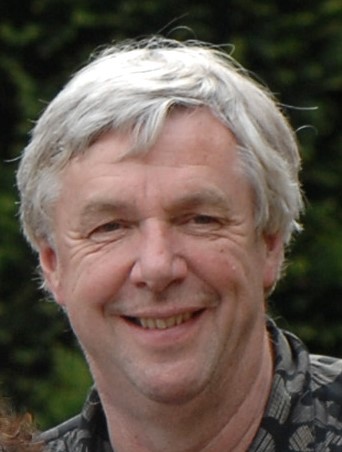
John King
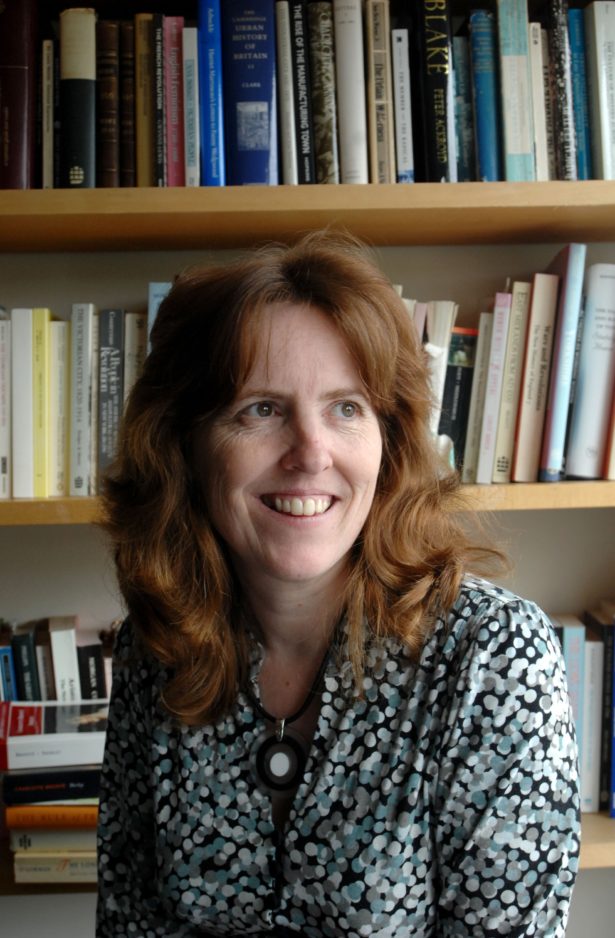
Sarah Richardson
